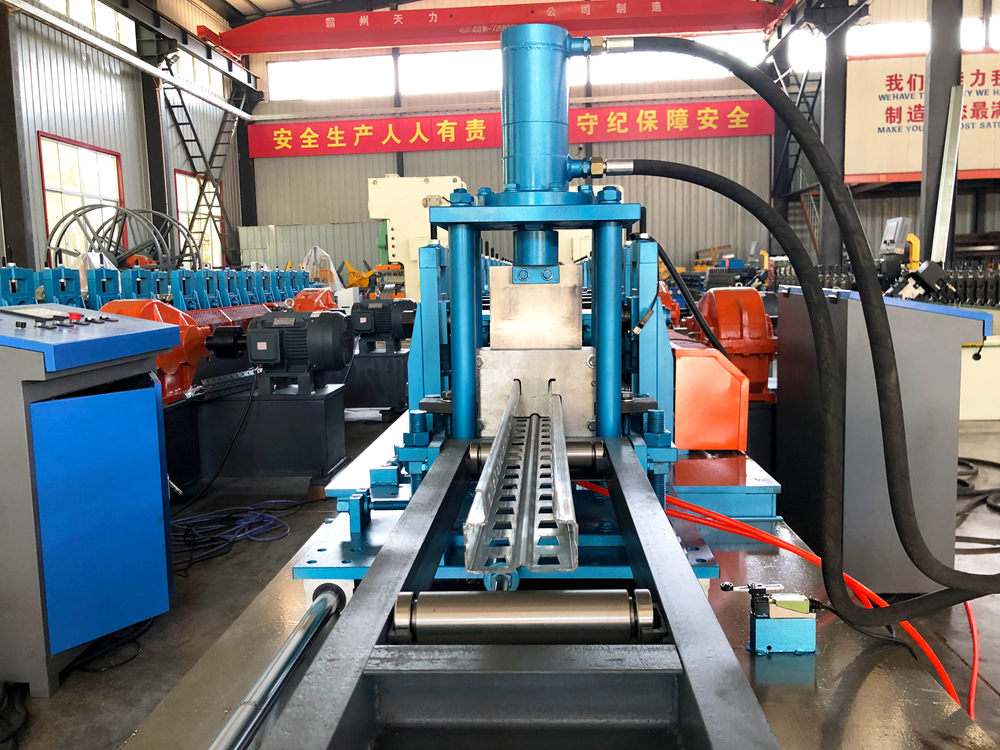
Understanding Steel Coil Cut to Length Lines
In the manufacturing and steel processing industry, efficiency and precision are paramount. One of the crucial processes that contribute to achieving these objectives is the Cut to Length (CTL) line, specifically designed for steel coils. This article explores what steel coil cut to length lines are, their significance in the steel industry, and the technology behind their operation.
What is a Steel Coil Cut to Length Line?
A steel coil cut to length line is a specialized piece of equipment designed to take large rolls of steel coils and cut them into specific lengths as required by manufacturers or clients. These lines are essential for businesses that need flat steel products, such as sheets or plates, produced from coiled material. The process not only involves cutting the coils but also entails feeding, leveling, and packaging the cut sheets for subsequent processing or sale.
The Process of Cutting to Length
The functioning of a CTL line can be broken down into several key stages
1. Uncoiling The process begins with the uncoiling of the steel coil. A coil is placed onto an uncoiler, where it is smoothly unwound to prepare for cutting.
2. Leveling After uncoiling, the steel strips typically contain some degree of curvature or camber. Leveling equipment is employed to ensure the material is perfectly flat. This stage is crucial, as any imperfections can lead to issues in the final product quality.
3. Cutting Once leveled, the steel is fed into a cutting assembly, where it is cut into predetermined lengths. The cutting can be done using various methods, including shearing or using a rotary saw, depending on the material specifications and desired edge quality.
4. Stacking and Packaging After cutting, the sheets are typically stacked and packaged for delivery. Automated systems can aid in this process, facilitating the movement of the cut sheets without causing damage.
Importance of CTL Lines in the Industry

The cut to length process is vital for several reasons
- Customization Businesses often require sheets in specific lengths and widths tailored to their needs. CTL lines provide this level of customization, ensuring that manufacturers receive exactly what they need without the extra processing time.
- Material Efficiency By cutting coils to specific lengths, companies can minimize waste and enhance material efficiency. This is especially important in industries where steel costs represent a significant portion of production expenses.
- Quality Control Modern CTL lines use advanced technologies and automation to ensure high levels of precision. This capability aids in maintaining consistent product quality, an essential factor in industries such as automotive and construction, where precision is critical.
Technological Advancements in Cut to Length Lines
With the advent of technology, steel coil cut to length lines have undergone significant advancements. Some modern features include
- Automation Many lines are now fully automated, reducing labor costs and decreasing the potential for human error. Robotic systems can manage the entire process from uncoiling to stacking.
- Computer Integration Integrated computer systems allow for real-time monitoring of the cutting process, enabling adjustments on the fly to meet production demands. This technology improves response times and operational efficiency.
- Smart Manufacturing The implementation of Industry 4.0 technologies, such as IoT (Internet of Things) devices, enables manufacturers to gather and analyze data from the CTL lines, resulting in enhanced decision-making and predictive maintenance strategies.
Conclusion
In conclusion, steel coil cut to length lines are integral to the steel processing industry, providing a crucial link from raw materials to finished products. Their role in ensuring material efficiency, precision, and responsiveness to customer needs cannot be overstated. As technology continues to evolve, we can expect further improvements in these systems, driving enhanced productivity and sustainability in steel manufacturing. Understanding and investing in advanced CTL lines will be essential for companies aiming to maintain a competitive edge in the rapidly changing market landscape.